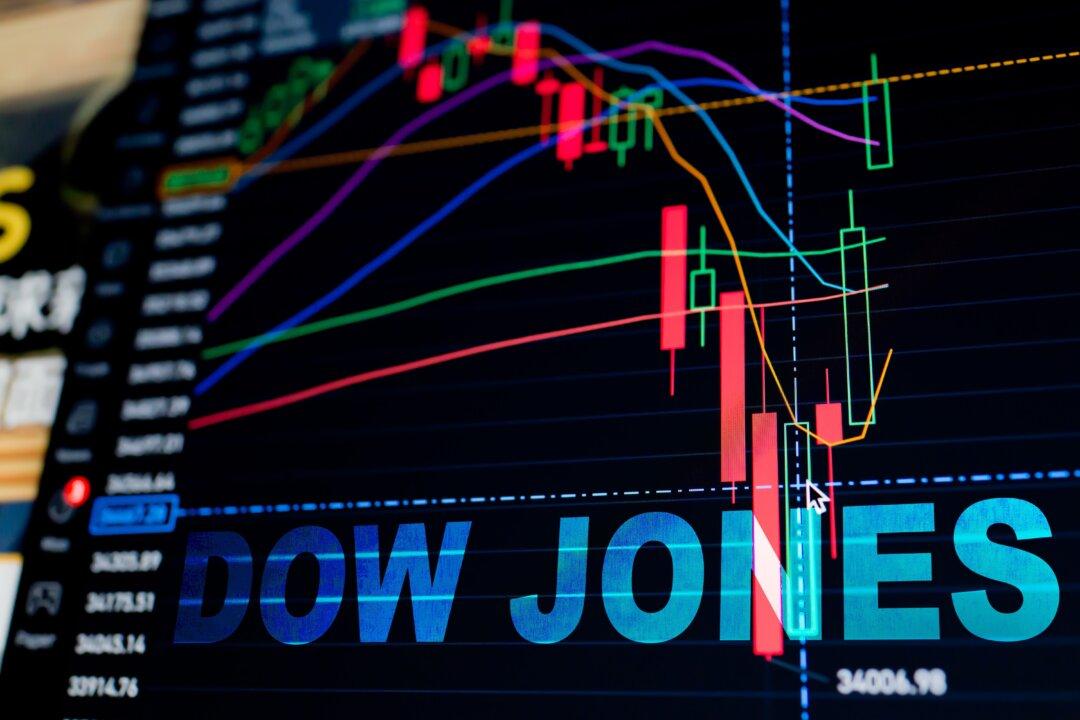Italian Prime Minister Giuseppe Conte declared a 12-month state of emergency covering the region around Genoa after a bridge collapse killed 39 people and severed the port city’s main land corridor with southern France.
Conte, speaking at a news conference in Genoa on Aug. 15, said the tragedy was unacceptable in a modern society.




